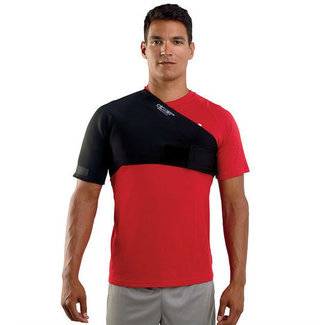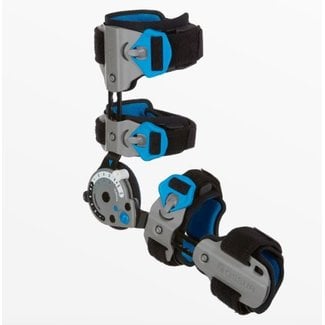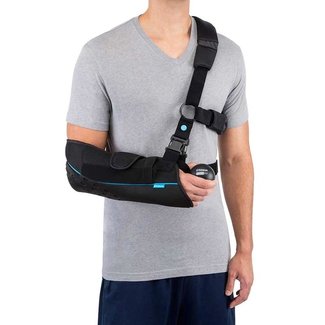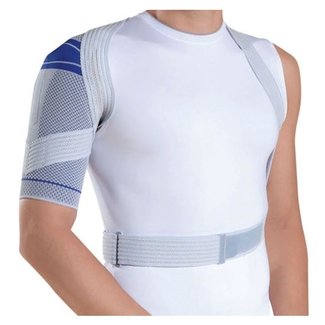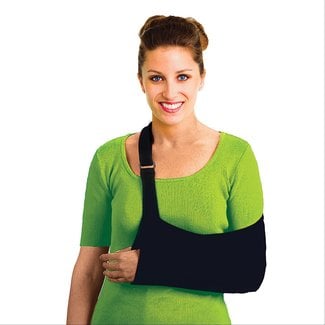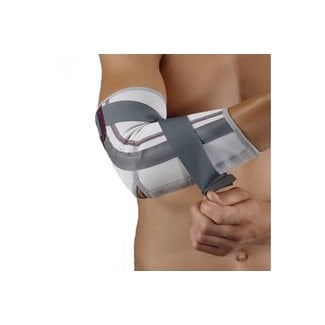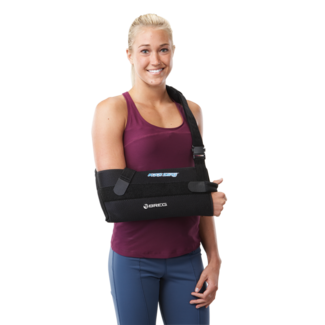Check out braces and slings designed to help stabilize and protect weak, injured and/or recovering elbows and shoulders
Injuries to the elbows and shoulder can be caused be a variety of factors, including accidents, sports or from long-term use. These braces can help strengthen the joints, while decreasing pain. Some braces may minimize range of motion where others can help train the joint to maximize its range of motion.
Protection and stabilization for the elbow joint, tendons and muscles
Elbow bracing allows for protection and stabilization of the elbow through arm sleeve and band/strap style braces. The level of support may vary from mild, to moderate to maximum. These braces can help with injuries due to activities such as tennis, golf, football and weight lifting. Some elbow braces may also limit range of motion at the joint to help with post-surgical healing.
Cubital tunnel syndrome happens when the ulnar nerve, which passes through the cubital tunnel is injured and becomes inflamed, swollen, and irritated
The Cubital Tunnel is a tunnel of muscle, ligament, and bone) on the inside of the elbow. Symptoms may include: weakness of ring and little fingers, decreased hand grip, claw-life deformities. Braces can support or limit range of motion to relieve these symptoms, depending on the level of injury/irritation.
A painful condition caused by over-use of the elbow
Despite the common name, athletes are not the only one to experience this pain, also referred to as epicondylitis. This is caused from over use through repetitive motions. Compression sleeve and strap/band style braces can be used to help relieve pain and stress on the tendons in the elbow.
Shoulder slings may be worn for a variety of reasons, including post injury or post surgery, to support and/or immobilize the joint
"Basic" slings come in a few varieties, some without padding and others with extra padding in the straps and cool-wicking material. Other slings offered are abduction slings, which are commonly used to place the shoulder in an optimal position following rotator cuff repair or shoulder replacement.



